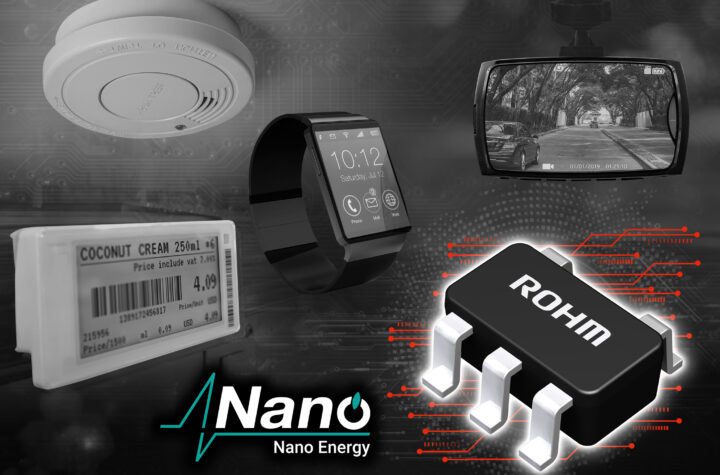Electric axle drives are becoming smaller, more powerful, and more cost-effective through the optimization of space and weight.
Continental Powertrain (now known as Vitesco Technologies from October 2019), started working on electric drives in 2006. It has developed an integrated axle drive which is available as 120 kW to 150 kW drives. “The new, high-voltage drive, comprising electric motor, power electronics and reduction gear, has reached a previously unseen level of development,” said Thomas Stierle, head of the Hybrid Electric Vehicle business unit of Vitesco Technologies. With an output of 150 kW and a maximum torque of 310 Nm, the less than 80 kg drive produces much the same power as a two-liter diesel engine. According to Vitesco Technologies, the costs have been reduced by incorporating numerous cable connections and connectors through the integration of components wherever possible. Vitesco Technologies’ third generation of electric powertrains is set to take to the roads in various electric models from several Asian and European manufacturers this year, according to the company.
Automotive Industries (AI) asked Stephan Rebhan, Senior Vice President Technology & Innovation at Vitesco Technologies, how important the Chinese market is for the future of e-mobility. Rebhan: It is very important, not only because the Chinese market is driven by their government’s strong focus on electrification, but also because of the commitment by a large number of OEMs and new start-up companies.
AI: When and where will your first fully integrated electric axle drive go into production? Rebhan: We have already started production in our large Tianjin plant in the north of China.
AI: What does the new electric axle drive offer in terms of driving experience and cost? Rebhan: When you look at the e-mobility today, there is one issue – the vehicles are far too costly. That’s why the main focus has to be on cost-effective innovations. You can achieve cost-effectiveness by reducing the number of components as well by making them smaller. That is mainly what we did with this new axle. There is a positive domino effect: Because it is so much smaller and lighter you reduce the weight of the vehicle. This means you need a smaller and therefore lighter battery. Weight saving translates directly into cost saving because you need smaller batteries, which are the main cost driver, as well as components such as lighter suspension systems. It is also about the packaging, where we free up space for the interior or for the battery.
AI: Is the axle drive suitable for different vehicle classes and concepts? Rebhan: You can use it in any A, B or C class car for full electrification as a single axle. And you can use it for 4WD vehicles, even the D or E class, as well as very heavy sedan or pick-ups where you would power two axles and enjoy up to 300kW of power.
AI: How will 48-volt technology help manufacturers meet emission targets? Rebhan: When we look at fleet emission targets, heavy full hybrids or pure battery electric vehicles will today be an expensive option to achieve fleet targets. We also have to consider the end customer, who may still want a conventional vehicle with fuel, but then the OEMs will not be able to meet the fleet emission targets. That’s why we have to offer a cost-efficient and fuel saving solution here as well. That can only be the 48-volt technology because it’s much more affordable than high voltage, which needs costly electrical protection measures. The technology we showcased at IAA is the first very compact unit that realizes 30 kW of power and fits in existing engine compartments. You can install it between the engine and the transmission. That is very important because only then you can still use the different gears to drive. The unit can help to power the car when it is under load up steep hills or when pulling away, or it can provide electric assistance for high-speed driving in top gear.
AI: What was your development objective? Rebhan: It was to improve efficiencies in order to provide more power than the previous limit of 20 kW to 25 kW. The challenge with 48-volt systems is that they operate on very high currents, and therefore produce excessive levels of heat. By improving efficiency, we are able to deliver 30 kW while producing the same amount of heat as other lower-powered systems.
AI: Do you think electric vehicles can compete against conventional powered vehicles in terms of efficiency? Rebhan: When you compare the absolute value, the electric car is already more efficient than a combustion engine. In summer, the energy efficiency of an electric vehicle is up to 85%, and in the winter is maybe 60%. So, there is still room for improvement in terms of range. But hybridization also offers a lot of potential for combustion engines. We are working on an ideal system that operates vey smartly to transfer the dissipated heat from the electric motor. It can, for example, be used to warm the interior.
AI: What can we expect from Vitesco Technologies’ portfolio? Rebhan: The mobility service and portfolio we provide goes in three steps. Number one is to make today’s technology as clean as possible. That means we help to make combustion cleaner. The second is hybrids, where we electrify the combustion in all the different dimensions. And the third step is full electrification, which we showcased at the IAA with our battery electric systems like the electric axle. We see also hydrogen as a potential to power the electric drives.














































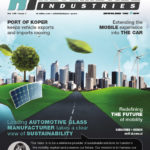 Leading automotive glass manufacturer takes a clear view of sustainability
Leading automotive glass manufacturer takes a clear view of sustainability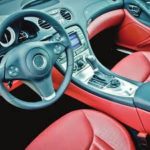 New resins provide greater design flexibility, help reduce weight
New resins provide greater design flexibility, help reduce weight How seats will position brands in the market-place
How seats will position brands in the market-place Cutting through the data overload with customized information
Cutting through the data overload with customized information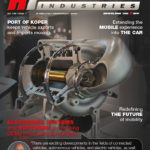 Electrifying engine functions to reduce carbon footprint
Electrifying engine functions to reduce carbon footprint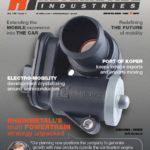 Multi powertrain strategy keeps the wheels turning
Multi powertrain strategy keeps the wheels turning



